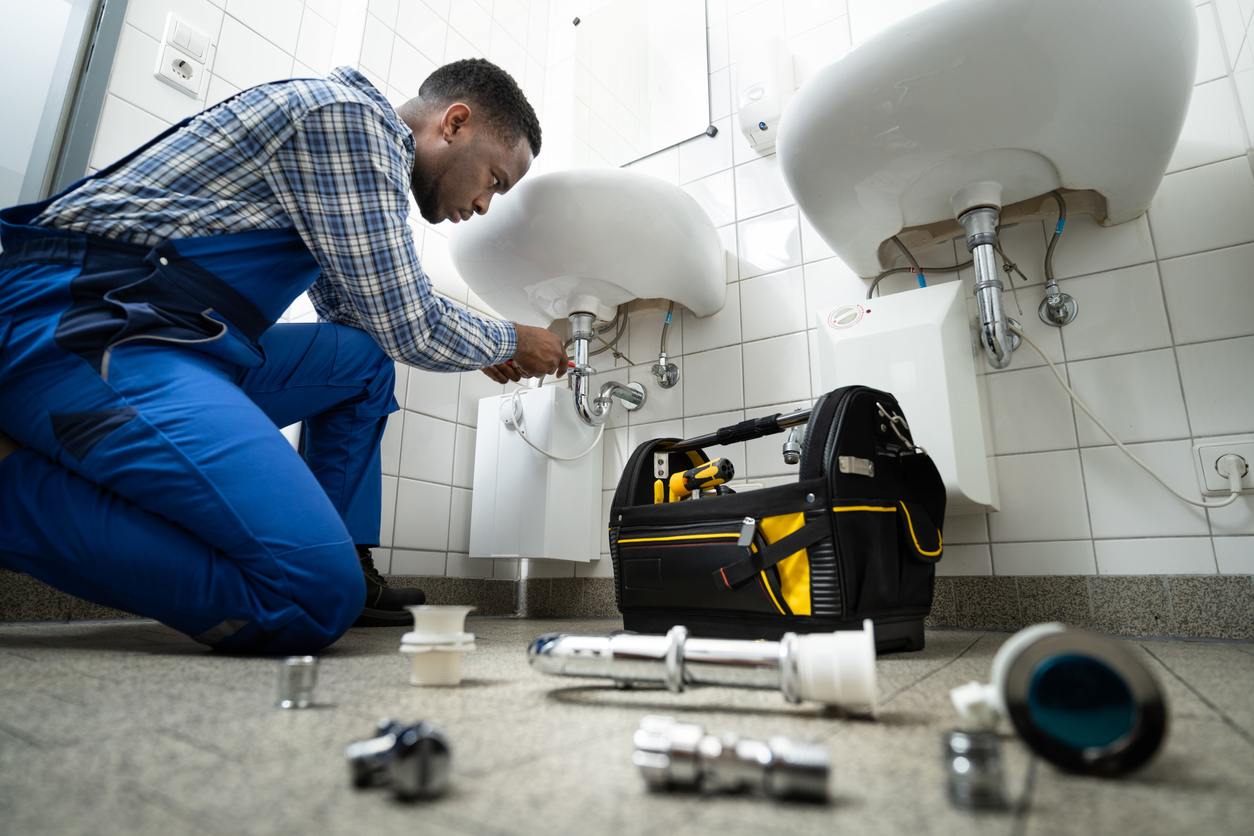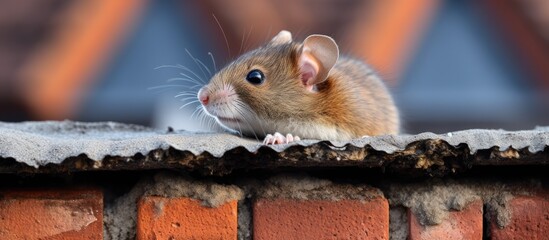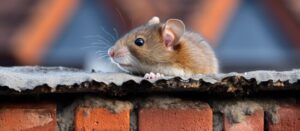The plumbing industry encompasses pipes, valves, fittings, and fixtures that convey water. It’s an essential system that keeps your home clean, safe, and comfortable.
Many students enroll in online plumbing courses to get familiar with the trade before making a commitment to it. They want to ensure that this is really the career for them before investing their time and money. Contact Plumbing Company Shreveport now!

Pipes are the backbone of a building’s plumbing, facilitating the transmission and delivery of water and other fluids. Without them, a home’s electricity, sewage system, heating and cooling systems, and other essential utilities would not function properly.
There are several different types of pipes used in plumbing, each serving a unique purpose. The most common are PVC, PEX, copper and galvanized steel pipes. Some pipes are specialized, such as those that transport natural gas or drain waste. Others are insulated to protect them from cold temperatures or for safety reasons.
Plastic pipes, such as PVC and cross-linked polyethylene (PEX), are the most popular choice for homeowners. These pipes are resistant to high water pressure and can be used indoors or out. They also have a long life expectancy and are easy to work with for DIYers. PVC is durable enough for most residential uses, but it is not recommended for corrosive liquids or excessively hot or cold temperatures. For a more resilient option, consider chlorinated polyvinyl chloride (CPVC), which contains extra chlorine and can handle stronger liquids and higher temperatures.
Copper is a highly durable material that has been used in plumbing for decades. Its main advantage over other metal pipes is its resistance to corrosion. It is a good choice for drain, waste, and vent (DWV) piping, as well as for hot and cold supply lines in homes. However, it is more expensive than other types of pipes.
The smallest pipes in your home are probably made of galvanized steel, which is used to transport DWV water. These are often found under your sinks, in basements, and other low-lying areas. They may appear rust-colored over time. Galvanized steel is a heavy material, and it’s not recommended for hot or cold water piping.
Copper-nickel pipes are typically used in industrial settings, but they can be found in some residential plumbing systems as well. They are highly resistant to corrosion and can withstand high pressures. These pipes are often insulated to prevent them from freezing in winter and to protect them from dents and scratches.
Fixtures
Generally speaking, plumbing fixtures are the individual pieces that connect to pipes and serve their functional purposes. Without them, a home or business wouldn’t have running water. Examples of plumbing fixtures include sinks, bathtubs, toilets, and showers. They come in many different styles and sizes, so finding the right ones for your renovation can be a challenge.
As a homeowner, you’ll want to make sure your plumbing fixtures are functional and fit with your style. It’s also important to choose reputable brands and materials that are known for their quality and durability, as this will help reduce the likelihood of malfunction or failure.
Fixtures are often made of materials that resist rust and corrosion, such as copper, stainless steel, plastic, or porcelain. Because they’re exposed to water on a regular basis, they have to be able to withstand wear and tear. They usually have drains in the bottom for the water to evacuate, and some even have stoppers so you can control how much water flows out of them.
In addition to being a necessary component of any home, fixtures can also add an aesthetic element. They come in a wide variety of shapes, sizes, colors, and finishes, so there’s something to suit every taste. For example, tub faucets and showerheads can be found in everything from ornate traditional to sleek contemporary designs. Sink faucets and basins also come in a range of styles, from elegant angular modern to more ornate transitional.
Other types of plumbing fixtures include water heaters, which supply hot water to taps and other fixtures. Traps, drains, and food waste disposers are also essential plumbing fixtures, as they remove wastewater, dispose of garbage, and prevent sewer gases from entering a building.
Retail fixtures are the shelves and display units that products are displayed on, such as gridwall or slatwall, greeting card racks, clothing racks, mannequins, and more. They can be used to enhance the appearance of a store or shop, while allowing customers to easily find what they’re looking for. They’re commonly used in retail, but are also available for commercial and industrial applications.
Vents
Almost every homeowner has dealt with plumbing issues at some point. While many issues can be resolved with DIY fixes, some require a professional plumber to assess and solve the problem. One of the more difficult issues to fix is a clogged vent pipe. This pipe allows air to enter and exit your home’s drain lines, and it is important for proper plumbing function.
Basically, a vent pipe is an open channel on your roof that allows the pressure in your drain pipes to balance with outdoor air pressure. Without venting, changes in pressure could cause water hammers and siphoning of the trap seals in P-traps (the small u- or s-shaped bends found beneath most toilets, sinks, and bathtubs). Additionally, these changes in pressure could force sewer gases up into living spaces. Venting prevents these problems by ensuring that drain pipes have an open path to the outdoors.
A vent pipe is narrower than a drainpipe and should be kept free of obstructions, like birds’ nests or accumulated snow. It is also crucial that it remains dry during use, as a wet vent pipe will allow water to escape from drains and into the roof space. Additionally, it is important to regularly check for clogs or other problems in the vent stack and surrounding pipes.
Plumbing vents have multiple purposes, but the most important function is to protect your trap seals. They do this by balancing the air pressure between the drain system and the outside atmosphere. Without venting, a negative vacuum could form in drain lines and siphon the trap seals. Similarly, positive pressure from atmospheric pressure would push drains down and cause back-pressure on the traps. Venting prevents these forces from affecting trap seals by providing a constant source of air.
When you notice signs that your ventilation system isn’t working properly, such as slow drainage or a foul sewer smell, call a local plumber for assistance. A plumber can ensure that your vent stack is clear of debris and that your drains are properly vented. They can also help you decide if you need to change your venting system to meet code requirements during a remodel or new construction project.
Sewers
While most of us don’t think about our sewer systems on a regular basis, they are an important part of the plumbing infrastructure that allows waste and wastewater to flow away from our homes and buildings. Sewers also help protect the environment and public health by preventing groundwater pollution. There are three different types of sewers: sanitary sewers, storm sewers, and combined sewers.
Most sewage systems are gravity-powered, like a septic system. Wastewater flows down pipes to a central collection point, which can be located underground or in a sewer manhole in the street. The sewage is then transported to a treatment plant for processing and disposal.
The layout and design of a sewer system depends largely on the topography of the area. For example, suppose a sewer line must rise above an existing depressed natural feature, such as a stream or river. In that case, it will be necessary to use a force main, which is a pump-operated sewer that lifts sewage to a higher elevation.
Engineers also must balance the size and slope of a pipe’s cross section. Too shallow or too steep, and solids will settle in the pipe and cause clogs. Too large, and the sewage will not flow freely. The ideal slope is about 2%, which allows scouring action to keep the walls clean at minimum flows and prevent excessive velocities that can cause abrasion of the pipe walls at maximum flows.
A home sewer line is typically 4 inches in diameter inside the house, increasing to 6 inches as it exits a property’s edge. Larger pipes are used in commercial and multi-family structures.
In cities, a municipal sanitary sewer system collects all the sewage and wastewater generated by residents of a town or city. Unlike a private septic system, a municipal sewer system is maintained by the municipality itself and financed by the taxpayers. Unfortunately, that means that a municipal sewer system can become clogged with a variety of things that would never clog a private septic system, such as hair, grease, and paper products that are not supposed to be flushed down toilets. The resulting backups can be very unpleasant for residents and are usually the result of illegal dumping.


 Prevention
Prevention